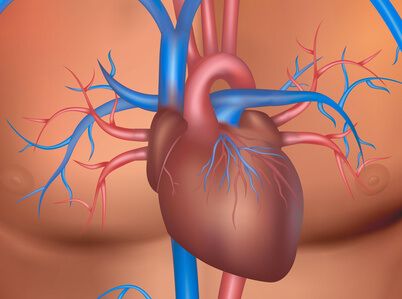Courtesy of Dr. Carlos Fava.
Even though the presence of paravalvular regurgitation (PVR) has been reduced, thank to greater experience and new devices, it is still frequent and has an impact in survival (especially moderate and severe PVR).
Recent research has shown that mild PVR also has a negative impact. However, these data were provided by a handful of studies and a small meta-analysis.
Read also: “Who Lives Longer After TAVR, Men or Women?”.
This meta-analysis included 25 studies with 21018 patients.
Globally, the presence of mild PVR (compared to none/trivial PVR) was associated to higher mortality (HR 1.26, 95% CI 1.11-1.43 p=<0.0001) between 6 months and 5 years. Cardiovascular mortality also was higher with mild PVR (HR 1.28, 95% CI 1.05-1.57p=0.002) between 1 and 3 years.
When analyzed by subgroups, PVR was also associated to high mortality.
Read also: “Transcatheter Mitral Valve Replacement Devices Multiply”.
In the non-surgical or high surgical risk group, there was higher mortality (18 studies 17,002 patients HR 1.27, 95% CI 1.09-1.47 p=0.002), but that was not the case in the low or intermediate risk group (HR 1.27 95% CI 0.95-1.69 p=0.11).
As regards devices, balloon-expandable valves were associated with increased mortality (HR 1.41, 95% CI 1.05-1.89, p=0.002), which was not the case with self-expandable valves (HR 1.21 0.79-0.81 p=0.38).
Conclusion
The presence of PVR was associated with increased all-cause mortality and cardiovascular death after TAVR. TAVR in patients with mild PVR might result beneficial, but this is yet to be determined.
Comment
At present, this is the largest meta-analyzis to show the presence of PVR is associated with increased mortality: 26% increase in all-cause mortality (6 months to 5 years) and 28% increase in cardiovascular mortality (between 1 and 3 years).
This was not the case of intermediate or low risk patients and this might be because they do not present as many comorbidities, they are not as frail, and they have more myocardial reserve to tolerate volume burden.
These data should make us especially demanding when choosing devices. However, PVR will eventually decrease, since we will have better technology and more experience.
Courtesy of Dr. Carlos Fava.
Original title: Does mild paravalvular regurgitation post-transcatheter aortic valve implantation affect survival? A meta-analyzis.
Reference: Tomo Ando, et al. Catheter Cardiovasc Interv 2018;91:135-147
Reciba resúmenes con los últimos artículos científicosSuscríbase a nuestro newsletter semanal
We are interested in your opinion. Please, leave your comments, thoughts, questions, etc., below. They will be most welcome.






